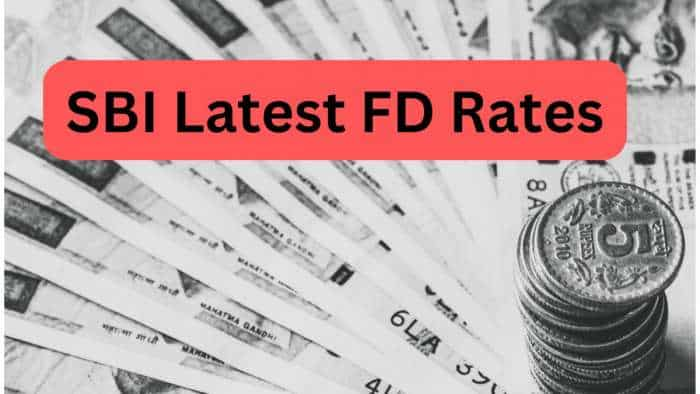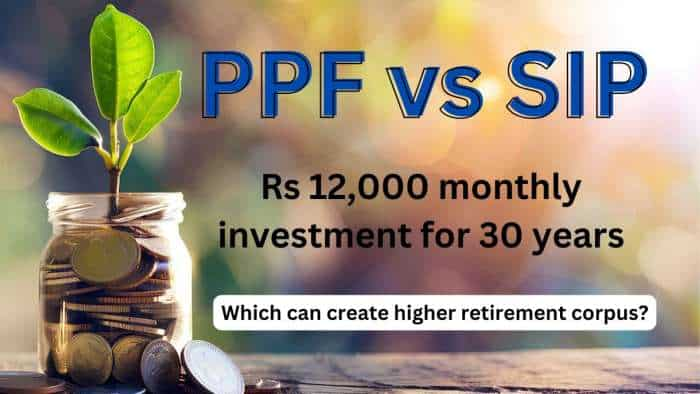RBI repo rate cut Highlights: Shaktikanta Das slashes rate by 25 bps; set to bring relief to home loan takers, banks, NBFC, other lenders
The RBI Monetary Policy review decision is in line with the expectations and it would have a positive impact on the Indian economy as a liquidity crisis has been addressed.

As expected the Shaktikanta Das led MPC team has decided to cut the Repo Rate by 0.25 per cent to 6 per cent at today's RBI Monetary Policy review. The decision is expected to bring down home loans, solve the liquidity crisis of the public sector and private banks, NBFC and other lending bodies etc. The economic experts are of the opinion that the RBI decision is going to bring cheer at the markets as it was in a cautious mood due to the RBI Monetary Policy review meet. They say infrastructure, SMEs and MSMEs, real estate would be the major beneficiary of this RBI decision.
Speaking on the Shaktikanta Das led RBI Monetary Policy review decision to cut down the Repo Rates by 25 bps Anindya Banerjee, Analyst at Kotak Securities told Zee Business online, "The RBI Monetary Policy review decision is in line with the expectations and it would have a positive impact on the Indian economy as Infrastructure, real estate, SMEs and MSMEs, Startups, Banking, NBFC and other sectors will come out of the liquidity heat which was emerging in last few months, especially post IL&FS Crisis."
See Zee Business video below:
#RBIPolicy | #CreditPolicy का बाजार पर क्या होगा असर जानिए संदीप ग्रोवर से।@sandeepgrover09 @AnilSinghviZEE #MonetaryPolicy pic.twitter.com/9z89hzwEMx
— Zee Business (@ZeeBusiness) April 4, 2019
Hailing the RBI for Repo Rate cut Khushru Jijina, MD, Piramal Capital and Housing Finance said, "It is necessary to resurrect India’s consumer demand and economic growth before a synchronous downturn in advanced economies heighten market volatility. Today’s rate cut and moderation in liquidity coverage ratio coupled with recent instances of liquidity injections indicate that RBI is cognizant of these risks. These measures would certainly help ease liquidity and improve access to cheaper credit by India Inc as well as retail consumers. The focus to align the Indian housing finance securitisation market, as well as the secondary market for corporate loans with international best practices as announced today, will essentially deepen these markets and ensure better price discovery. We look forward to the detailed notes on RBI’s decision to allow Non Deposit taking NBFCs to apply for Authorised Dealer licenses which are expected to expand the forex market.”
Sandip Somany, President, FICCI said, “We welcome the 25 basis points cut in Repo Rate by the RBI, though we had expected a larger cut given benign inflation and slowing industrial as well as exports growth and liquidity concerns. We hope that the two consecutive cuts in the repo rate would translate into lower lending rates for both retail and corporate credit. This would give an impetus to the domestic economy through greater consumption demand as well as private investments. This is important as we do not foresee much impetus coming from external sources of growth as the global economy continues to show signs of moderation.”
“Over the last few months, there has been an improvement in capacity utilisation across sectors as well as the reduction in banking NPAs. The need of the hour is for monetary policy to complement the fiscal policy and strengthen the growth impulses that are slowly building in the economy. The real Repo Rate has remained high for a long time and there is a scope of further reduction in the repo rate. We do hope that RBI shall continue the accommodative stance in subsequent months as well,” added Somany of FICCI.
Here are the key highlights of the RBI Monetary Policy review decision which captains of commerce are going to receive post-April 2019 RBI policy decision:
1] Banking sector will have more money to pump into the economy as they have more fund for lending;
2] Real estate sector can have a sigh of relief post RBI decision to cut Repo Rate as it would lead to lower EMI and higher purchasing power capacity of the home buyers;
3] Corporate sector may have the benefit to kick-start their projects which was hit by credit line crisis post bank defaults by some giant corporates;
4] Infrastructure can witness further push as or money at Indian banks would lead to more public-priate partnership projects where private players mainly depend on bank credit line;
5] RBI projects GDP growth for 2019-20 at 7.2 per cent that may happen due to the rise in job creation as infra projects are labour intensive too;
6] SMEs and MSMEs will have a sigh of relief as NBFC will be able to dispense their plea for credit line;
7] Emergence of Startups may also see some rise as more entrepreneurs would be able to avail the Mudra Loan, business loan etc.; and
8] By cutting the Repo Rate by 25 bps RBI Governor Shaktikanta Das has indicated that it is going to maintain its neutral stance on the monetary policy.
So, overall expectations are for a positive impact on the national economy as the RBI had cut down the Repo Rate by a similar percentage in the February monetary policy review.
Get Latest Business News, Stock Market Updates and Videos; Check your tax outgo through Income Tax Calculator and save money through our Personal Finance coverage. Check Business Breaking News Live on Zee Business Twitter and Facebook. Subscribe on YouTube.
RECOMMENDED STORIES

SBI Latest FD Rates: PSU bank pays these returns to senior citizens and other depositors on 1-year, 3-year and 5-year fixed deposits

SIP in Stocks For New Year 2025: Market guru Anil Singhvi recommends 1 largecap, 2 midcap scrips to buy in dips; note down targets

Largecap, Midcap Stocks To Buy: Analysts recommend buying L&T, Tata Motors, 3 other stocks for 2 weeks; check targets

Power of Rs 15,000 SIP: How long it will take to achieve Rs 7 crore corpus? See calculations to know
04:13 PM IST










 Rs 2000 notes withdrawal: Rs 6,691 crore worth such notes still with public
Rs 2000 notes withdrawal: Rs 6,691 crore worth such notes still with public  Gross NPA ratio of India's banks falls to 12-year low of 2.6%
Gross NPA ratio of India's banks falls to 12-year low of 2.6% RBI sets up 8-member panel on ethical use of AI
RBI sets up 8-member panel on ethical use of AI Indian economy is recovering from slowdown witnessed in July-September quarter: RBI
Indian economy is recovering from slowdown witnessed in July-September quarter: RBI RBI: After another status quo year, all eyes on a growth-propping rate cut with new Guv at helm By Ashish Agashe
RBI: After another status quo year, all eyes on a growth-propping rate cut with new Guv at helm By Ashish Agashe